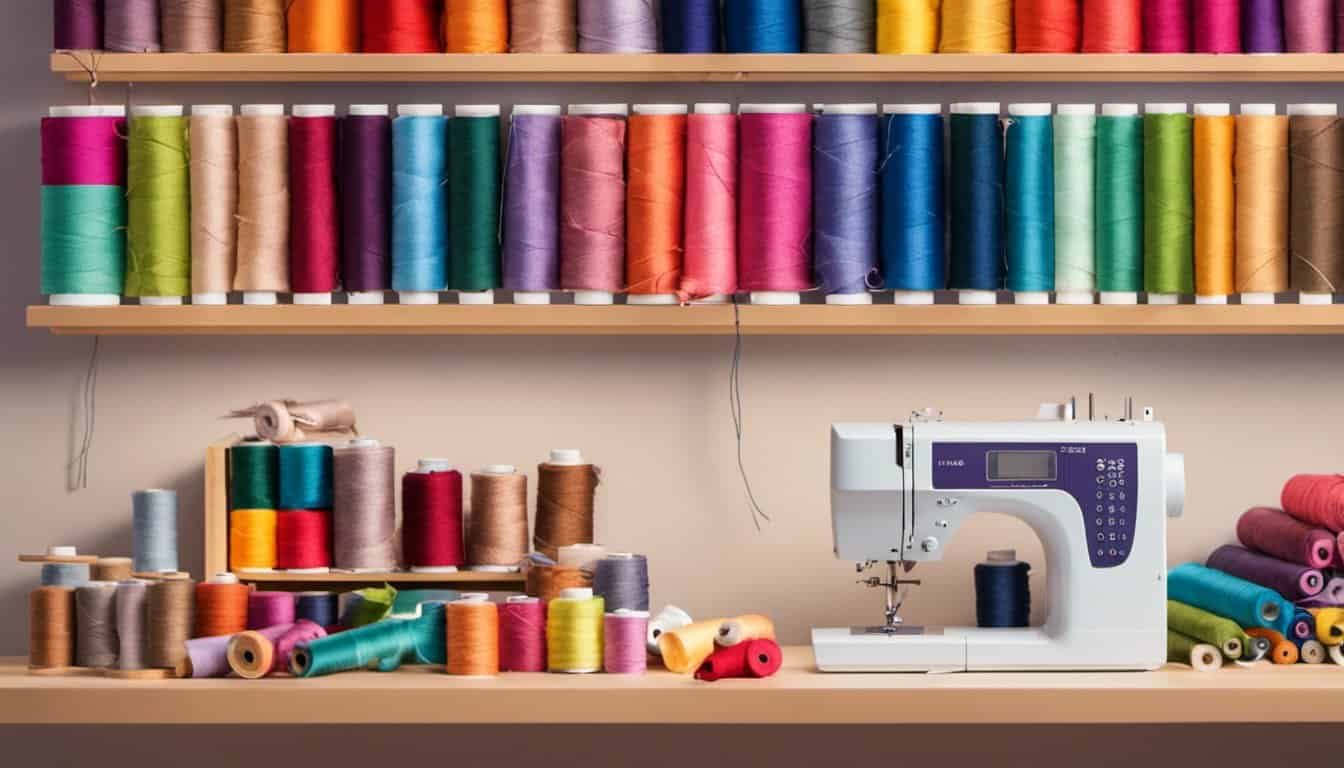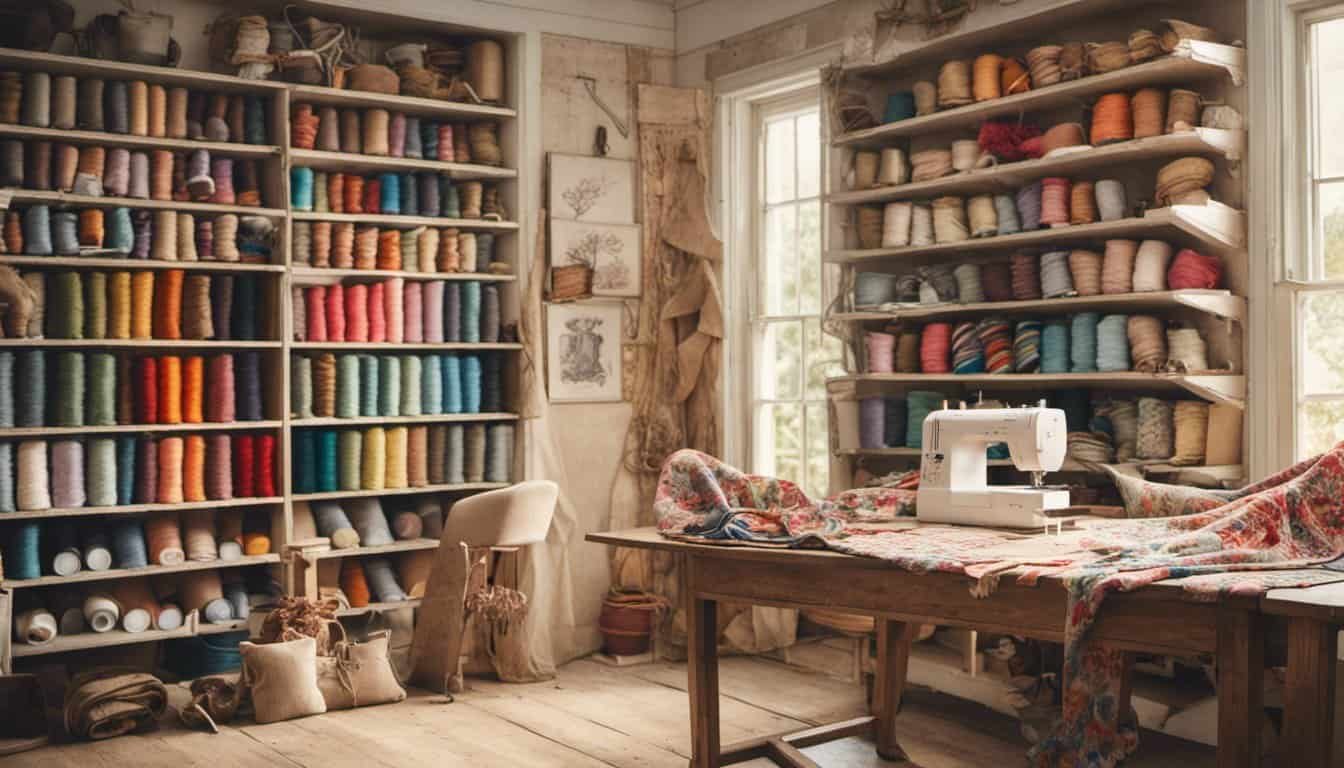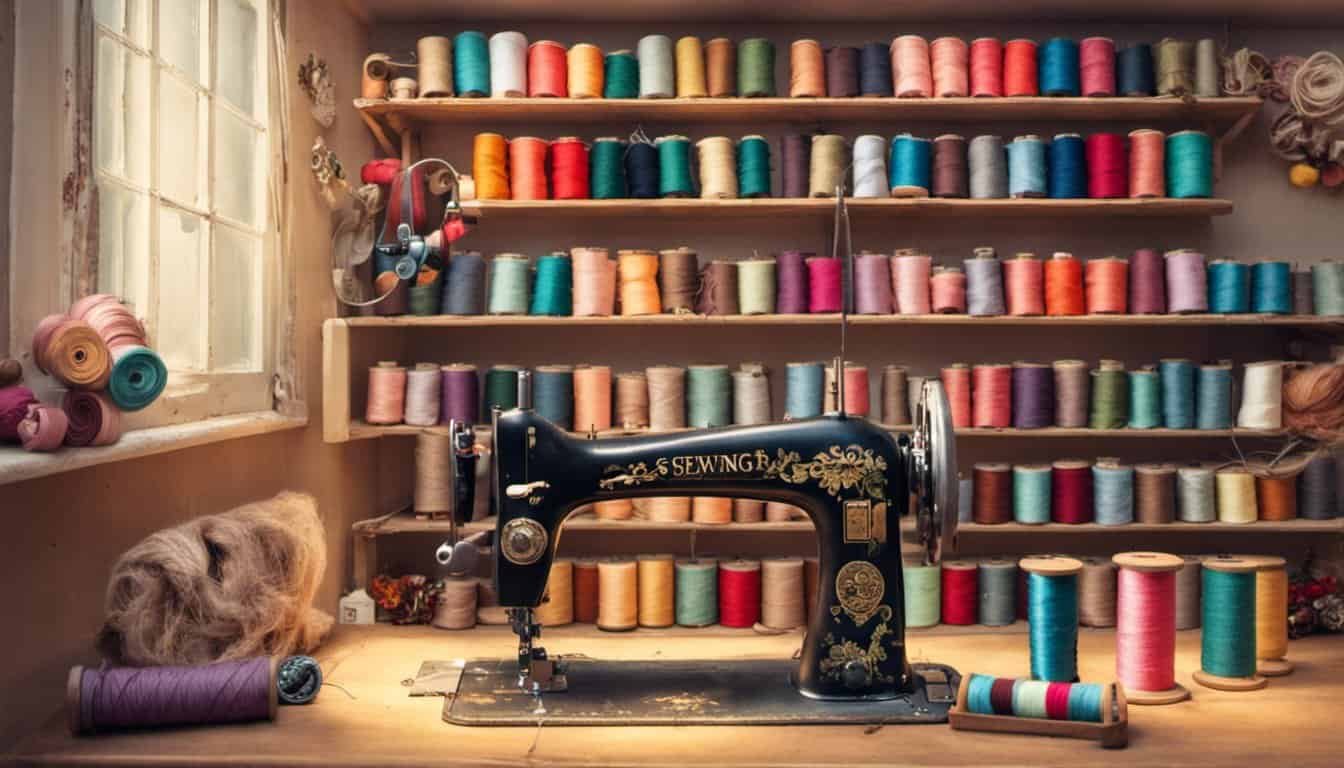Interfacing is a sewist’s best friend. I’ve discovered it transforms projects by adding structure and stability to fabrics. Whether you’re just starting out or have years of experience, understanding how to use interfacing can elevate your creations.
What Is Interfacing?
I use interfacing to enhance fabric structure, ensuring stability and durability in various sewing projects. It comes in two main types:
- Fusible Interfacing: Features an adhesive on one side, activated by heat. I apply it quickly on collars, cuffs, and button plackets.
- Sew-in Interfacing: Sewn manually without adhesive. I prefer it for fabrics that can’t withstand heat or require hand sewing.
Interfacing materials vary to suit different fabric types:
- Cotton Interfacing: Offers natural flexibility and breathability, suitable for lightweight fabrics like cotton and linen.
- Non-woven Interfacing: Made from synthetic or natural fibers bonded together, providing versatility and easy application.
- Knit Interfacing: Maintains fabric stretch, perfect for use with knit garments such as t-shirts and activewear.
| Weight | Suitable Fabrics |
|---|---|
| Lightweight | Sheers, linings |
| Medium | Mid-weight cotton, denim |
| Heavyweight | Upholstery fabrics, jackets |
Types Of Interfacing
Interfacing comes in two main types: fusible and sew-in. Each type has unique properties suited for different sewing projects.
Fusible Interfacing
Fusible interfacing features an adhesive on one side that activates with heat. I apply it by placing the adhesive side against the fabric and ironing it according to the manufacturer’s instructions. It’s ideal for projects requiring quick and easy application. Fusible interfacing works well with woven fabrics like cotton and linen, providing stability without adding bulk.
Sew-In Interfacing
Sew-in interfacing requires stitching into the fabric, offering more control over the application. I prefer sew-in interfacing for heat-sensitive materials or when I need a softer finish. This type is versatile and suitable for both woven and knit fabrics. It ensures durability and flexibility, making it perfect for garments that require a bit more movement.
Choosing The Right Interfacing
Selecting the right interfacing is crucial for achieving the desired structure and durability in your sewing projects. I consider the following factors to make the best choice:
Fabric Type and Weight
Match the interfacing to your fabric’s type and weight:
- Lightweight Fabrics: For cotton, silk, or linen, I use lightweight or medium-weight interfacing to maintain fabric drape without adding bulk.
- Medium-Weight Fabrics: When working with fabrics like ponte or broadcloth, medium-weight interfacing provides the necessary support.
- Heavyweight Fabrics: For denim, canvas, or upholstery, heavyweight interfacing ensures maximum stability and structure.
Type of Interfacing
Choose between fusible and sew-in interfacing based on your project needs:
- Fusible Interfacing: I prefer fusible interfacing for its ease and speed, especially for collars, cuffs, and button bands. It adheres quickly with heat, making it ideal for woven fabrics.
- Sew-In Interfacing: For delicate or stretch fabrics, sew-in interfacing offers better control. I use it for knit fabrics and projects requiring flexibility, such as t-shirts and activewear.
Interfacing Weight
Select the appropriate weight to achieve the desired stiffness:
| Interfacing Weight | Suitable Fabrics | Common Uses |
|---|---|---|
| Lightweight | Blouses, linings, lightweight skirts | Provides subtle support without bulk |
| Medium-weight | Shirts, dresses, jackets | Balances support and flexibility |
| Heavyweight | Denim, outerwear, structured garments | Offers maximum structure and durability |
Material Compatibility
Ensure the interfacing material complements your fabric:
- Cotton Interfacing: Ideal for natural fabrics like cotton, linen, and silk. It blends seamlessly, maintaining fabric breathability.
- Non-Woven Interfacing: Versatile for various fabrics, including knits and synthetics. It provides consistent support without stiffening the fabric.
- Knit Interfacing: Designed for stretch fabrics, allowing movement and flexibility in garments like activewear and knit dresses.
Project Requirements
Consider the specific needs of your project:
- Durability: For items that endure frequent use and washing, such as denim jackets or tote bags, heavyweight interfacing ensures longevity.
- Flexibility: In projects requiring movement, like dresses or activewear, medium or lightweight interfacing maintains comfort and ease of wear.
- Appearance: For a clean finish, especially in visible areas, non-woven interfacing offers a smooth look without bulk.
By evaluating these factors, I can confidently choose the right interfacing to enhance the quality and functionality of my sewing projects.
How To Use Interfacing
Using interfacing correctly enhances your sewing projects by adding structure and durability. Here’s how I incorporate interfacing into my projects effectively.

Preparing The Fabric
First, I prepare the fabric by ensuring it’s clean and pressed. Washing and ironing the fabric removes any sizing or impurities that could affect adhesion. Next, I cut the interfacing slightly smaller than the fabric piece to prevent bulk. For precise alignment, I match any pattern or grain lines between the fabric and interfacing. Pinning the interfacing to the wrong side of the fabric helps secure it in place without shifting during application.
Applying Fusible Interfacing
Applying fusible interfacing is straightforward and efficient. I preheat my iron to the temperature recommended on the interfacing package. Placing the interfacing adhesive side down on the fabric, I use a pressing cloth to protect the materials. Applying firm, even pressure for the specified time ensures a strong bond. After cooling, I gently peel away the protective paper, revealing a smooth, stable fabric ready for sewing. This method saves time and provides consistent results, especially for woven fabrics like cotton and linen.
Tips And Techniques
Preparing the Fabric
Start by ensuring my fabric is clean and thoroughly pressed. Any wrinkles can affect the interfacing’s adhesion and the final project’s quality.
Cutting Interfacing
Cut the interfacing slightly smaller than the fabric piece. This allows for precise alignment and prevents bulkiness at the edges.
Aligning Interfacing
Pin the interfacing to the fabric, aligning it accurately. This step ensures the interfacing stays in place during application or sewing.
Applying Fusible Interfacing
« 10 Mind-Blowing Tips for Mastering the Backstitch: A Step-by-Step Guide
Unlock the Secret: How to Sew a Ladder Stitch for Closures Like a Pro »
Preheat my iron to the appropriate temperature for the fabric. Use a pressing cloth to protect materials, then apply firm, even pressure for the recommended time to bond the interfacing securely.
Sewing in Interfacing
For sew-in interfacing, stitch it carefully into the fabric. This method offers more control, especially for delicate or stretch fabrics, ensuring durability and flexibility.
Using the Right Tools
Utilize quality pressing tools like irons and seam presses. Proper tools make applying interfacing more efficient and result in a professional finish.
Handling Different Fabrics
Adjust my techniques based on fabric types. Lightweight fabrics may need lighter interfacing and gentler pressing, while heavier fabrics can handle more robust interfacing and higher heat settings.
Maintaining Alignment
Double-check alignment before applying or sewing interfacing. Misaligned interfacing can distort the garment’s shape and affect functionality.

Testing Before Application
Test the interfacing on a scrap piece of fabric. This ensures compatibility and helps adjust settings for optimal results on the main project.
Storing Interfacing Properly
Keep interfacing stored flat or rolled to prevent creases. Proper storage maintains its shape and functionality for future projects.
Adjusting for Stretch Fabrics
For stretch fabrics, use stretch-compatible interfacing. This maintains the fabric’s elasticity and ensures the finished product moves comfortably.
Avoiding Overheating
Monitor the heat when using fusible interfacing. Overheating can damage both the interfacing and the fabric, compromising the project’s quality.
Securing Edges
Carefully secure the edges of the interfacing to prevent fraying. Neatly finished edges enhance the overall appearance of the garment.

Layering Interfacing
In projects requiring extra stability, layer interfacing materials. This adds strength without sacrificing flexibility, perfect for structured garments.
Maintaining Consistency
Maintain consistent pressure and speed when pressing interfacing. Even application ensures a smooth, professional-looking finish every time.
Conclusion
Using interfacing has really changed the way I approach my sewing projects. It’s incredible how adding a simple layer can make such a big difference in the final piece.
I love experimenting with different types and weights to find the perfect match for each fabric. Whether I’m working on a delicate blouse or a sturdy pair of jeans interfacing always helps achieve the look and feel I’m aiming for.
Finding the right interfacing has made my sewing more enjoyable and my projects more durable. It’s a small step that leads to big improvements, and I’m excited to keep exploring all the possibilities it offers.
















